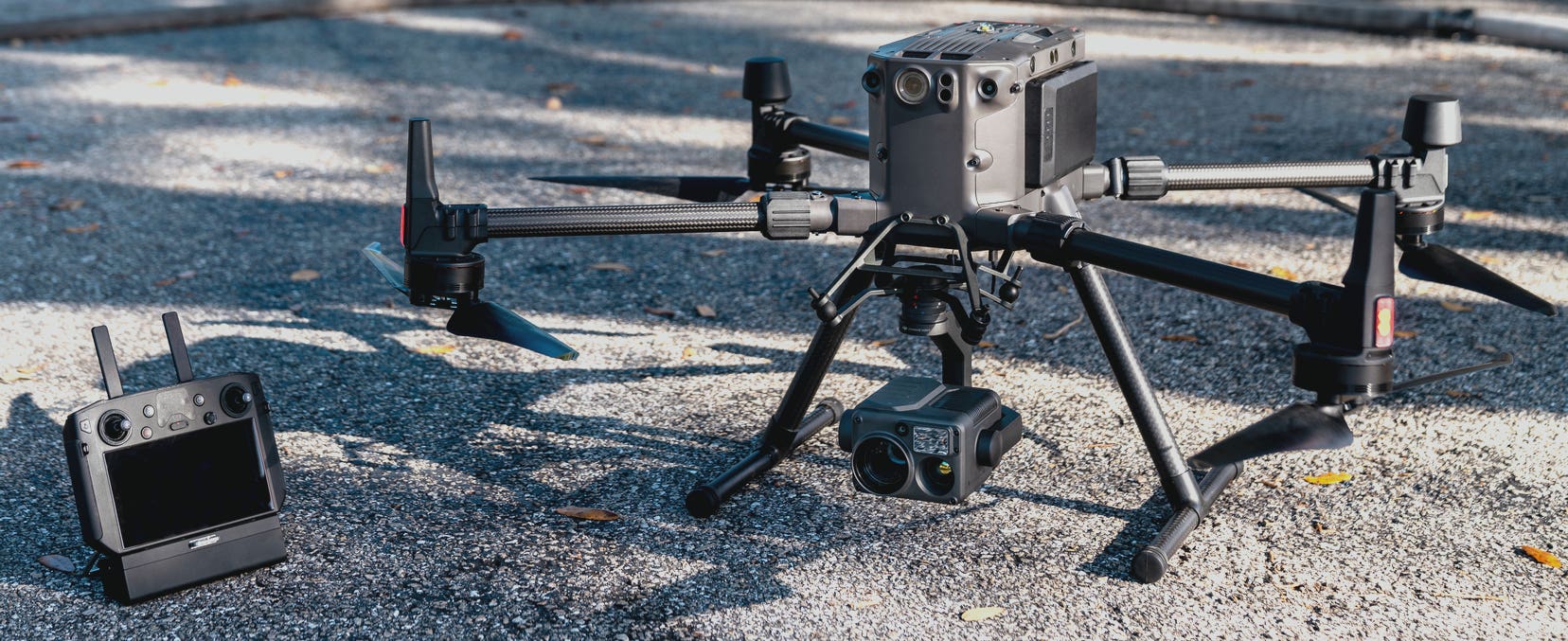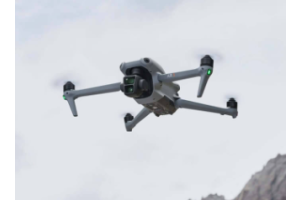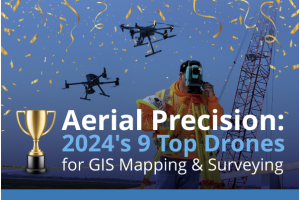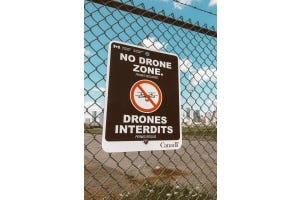
The Dronefly Crew Interviews Randall Warnas
The newly appointed Executive Vice President of Dronefly’s parent company, Enterprise UAS, sat down with the Dronefly crew to tell us a little bit about himself, and his thoughts on the state of the drone industry.
Dronefly: Can you tell us a bit about your background? How did you get into drones and how did you wind up as EVP of EUAS?
Randall: I've been in the drone industry since 2014. And getting into the industry was completely by happenstance. I had just finished my graduate degree at American University in International Affairs, and I was doing a project on projecting military technologies over 30 years. One of those technologies was unmanned systems. So I met some folks and they wanted to start a drone company. I met with them on a consulting basis, and what they wanted to do was start the first drone retail store in the world, which was in Las Vegas, Nevada back in 2014.
So I kind of came into it in an unexpected way. From there, we grew into one of the largest resellers of drone technology in a very short amount of time. Because of the reputation that I had gained in opening 15 dfferent retail locations in a matter of a year, I joined DJI in October of 2015.
The premise of that was to start a line of retail stores for DJI. And that kind of pivoted into me setting up the foundation of the DJI Enterprise line. From there, I moved over to FLIR to run their international drone efforts on the commercial side for five years. Since then, it has been kind of a wild journey, hopping between different manufacturers, trying to find my landing spot.
Dronefly: Drones have been a very rapidly evolving industry. What is the technology you're most excited about in the current crop of drones, and where can we expect that technology to go in the near future?
Randall: There are things that are developing all the time. The amount of money and the time of brilliant people being spent on unproven platforms is really impressive. However, I tend to focus more on trying to find ways to deliver to the world what can be done with existing technologies. For instance, my good friend, Dr. Ian Kerr, of Ocean Alliance, took drones and put Petri dishes on the top of them and then flew them through whale spouts, collecting genetic and biological samples using drone technology.
Also, working with him in the summer of 2018, we got the first reading of a thermal rating of a whale's blowhole, which allows you to measure the temperature of a whale without putting anything inside of it, which is nearly impossible to do. Now there's this new data set in which you can tell whether whales are sick, if they're pregnant, if they have cancer, or what their sex is just by looking at this temperature data that we were able to gather.
Whether it's public safety, which is pretty clear how you use it, or oceanography and whale research, which is not so clear, we can start dreaming about what can be done and put it to the test and take a risk. You take a chance, you reach out to people like us or manufacturers, and you try to build those links to solve a problem in the human condition with new technology. The technology's there to do so much more than we're doing now. So I'm excited to see what gets done next rather than what the technology is going to look like.
Dronefly: Considering that there's a clear industry leader in UAV manufacturers, how do you see competition shaping the market, particularly as more American manufacturers enter the market?
Randall: DJI knows what they're good at. They're good at making multi-rotors with high quality cameras and delivering best-in-class manufacturing. They are also a Chinese manufacturer, which means more and more scrutiny as the geopolitical climate changes. So there's going to be new entrants into the market based on just where the manufacturing is done and to alleviate any concerns about cybersecurity and things like that.


But there are also things that DJI doesn't do. They don't make fixed-wing aircraft. They don't make VTOL aircraft. They don't make drones that are meant for flying indoors, especially in confined spaces. So what we see is that there are US and non-Chinese manufacturers that are really trying to just be the alternative to what DJI can't do based off of where they're manufactured. There are also manufacturers that are building entirely different models that solve specific problems in specific industries for specific people.
I think that DJI has always kind of been one size fits all with their approach. And we're blessed as an industry to have people that really want to get down in the nitty gritty with oil and gas refineries, for example, to know what their needs are in the way that they inspect things. DJI is not really interested in building the technology that's going to suit those specific use cases.
So I think that we'll see what things actually have meaning and deliver on that ROI that they promise. We have seen manufacturers like BRINC, for instance, in different spaces that really do solve those problems for their industries, and will have staying power into the future.
The future looks bright for the new players coming onto the field, and I’m certainly excited to see what they’re going to be bringing to the game.
Contact Dronefly if you have any questions about drones in general, or any of the products we carry. We’d love to hear from you!







